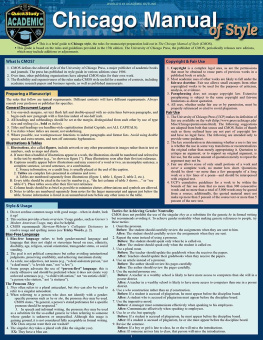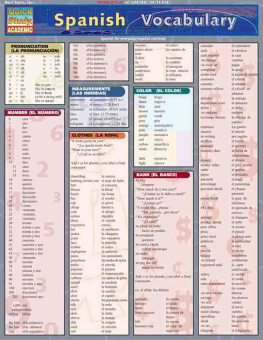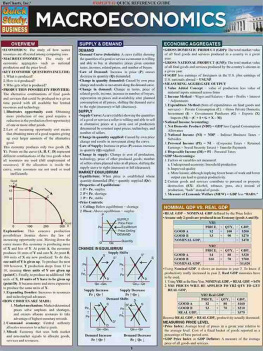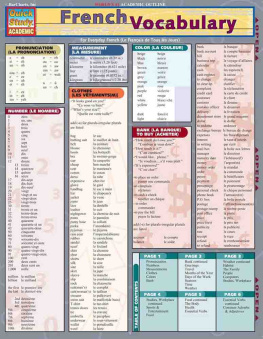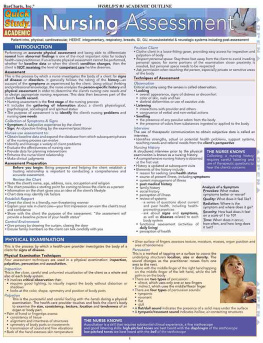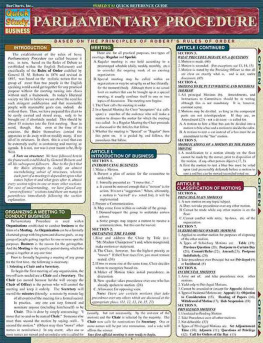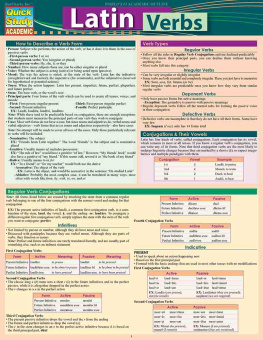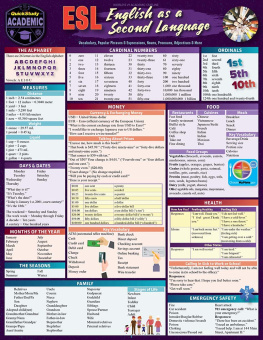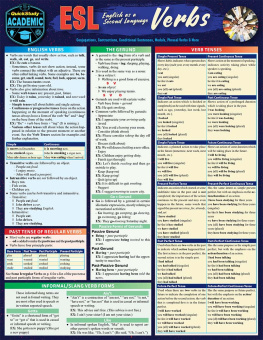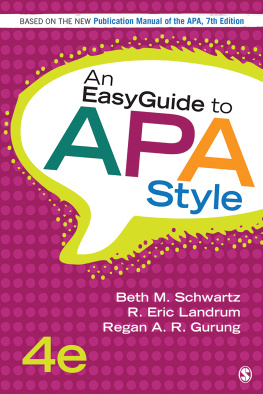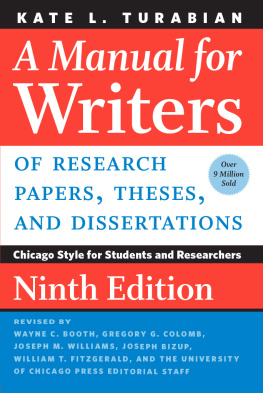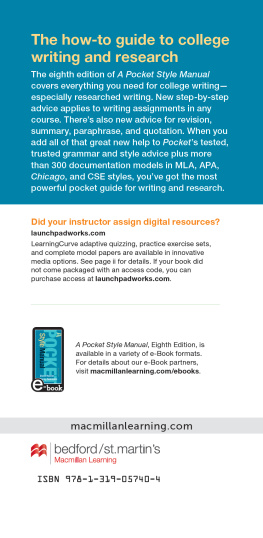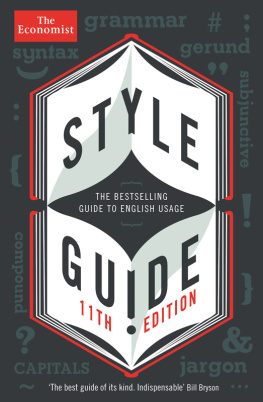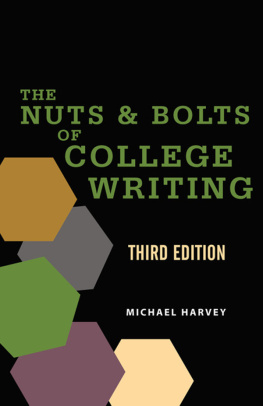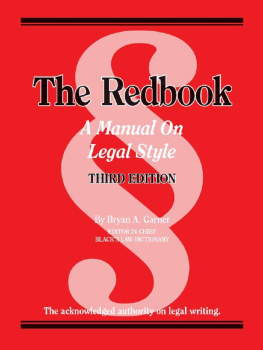- This is a brief guide to Chicago style, the rules for manuscript preparation laid out in The Chicago Manual of Style (CMOS).
- This guide is based on the rules and guidelines provided in the 17th edition. The University of Chicago Press, the publisher of CMOS, periodically releases new editions, which may include additions or adjustments.
What Is CMOS?
- CMOS defines the editorial style of the University of Chicago Press, a major publisher of academic books and journals. The press has published its style guide in various editions since 1906.
- Over time, other publishing organizations have adopted CMOS rules for their own work.
- The flexibility and expansiveness of the rules make CMOS style useful for a number of contexts, including academic research papers and business reports, as well as published manuscripts.
Preparing a Manuscript
The rules that follow are typical requirements. Different contexts will have different requirements. Always consult your professor or publisher for specifics.
General Document Layout- Use one-inch margins, set text flush left and double-spaced with no extra lines between paragraphs, andbegin each new paragraph with a first-line indent of one-half inch.
- All headings and subheadings should be set at the margin, distinguished from each other by use of typesize and styling (i.e., bold or italics).
- Titles and headings use headline-style capitalization (Initial Capitals, not ALL CAPITALS).
- Use italics where italics are meant, not underlining.
- Where possible, use word-processor functions to indent paragraphs and format lists. Avoid using doublespaces and extra returns, and turn off automatic hyphenation.
- Illustrations, also called figures, include artwork or any other presentation in images rather than in text or numbers, such as maps and charts.
- If more than a handful of illustrations appear in a work, the illustrations should be numbered and referred toin the text by number (e.g., as shown in figure 1). Place illustrations soon after their first text reference.
- Captions usually appear below illustrations and may consist of a word or two, an incomplete sentence, a complete sentence, several sentences, or a combination.
- Source information, or a credit line, is usually placed at the end of the caption.
- Tables are complex lists presented in columns and rows.
- Tables are numbered separately from illustrations (figure 1, table 1, figure 2, table 2, etc.).
- Every table should be cited in the text by number (e.g., the last column of table 3 shows or seetable 6). Place tables soon after their first text reference.
- Column heads should be as brief as possible to minimize clutter; abbreviations and symbols are allowed.
- Notes to tables are numbered separately from notes for the larger manuscript and appear just below thetable. Source information is listed in an unnumbered note before any other notes to the table.

Copyright & Fair Use
- Copyright is a complex legal area, as are the permissions that must be obtained to reuse parts of previous works in a published book or article.
- Most academic uses of other works are likely to fall under the fair-use doctrine. Fair use allows small excerpts from other copyrighted works to be used for the purposes of criticism, analysis, or evidence.
- Paraphrasing does not escape copyright law. Extensive paraphrasing is subject to the same copyright and fair-use limitations as direct quotation.
- All uses, whether under fair use or by permission, must be properly referenced or cited to avoid plagiarism.
- The University of Chicago Press (UCP) makes its definition of fair use available on the web (http://www.press.uchicago.edu/ Misc/Chicago/permissions.html). The following suggestions are adapted from both that source and CMOS. Rules of thumb such as those outlined here are not part of copyright law and have no legal force. The following are intended only to provide some guidance.
- The key consideration in determining whether a use is fair use is whether the use in some way transforms or recontextualizes the original rather than merely appropriating it. Quotation to critique an argument, or to support an original argument, is fair use, but the same amount of quotation merely to repeat the argument may not be.
- Fair use allows reuse of only small portions of a work and never a complete work, no matter how short. Quotations should be shortno more than a few paragraphs of a long work or a few lines of a poemand should be interspersed with original text.
- UCPs cumulative guidelines for a work to be within the bounds of fair use state that no more than 300 consecutive words and no more than a total of 5,000 words may be quoted from a source; additionally, the quoted material must not make up more than 5 percent of the source text or more than 5 percent of the new text.

Style & Usage
- Do not confuse common usage with good usagewhen in doubt, look it up!
- This section provides a basic overview. Usage guides, such as Garners Modern American Usage, may also be helpful.
- CMOS recommends Merriam-Websters Collegiate Dictionary to resolve usage and spelling issues (see ).
- Bias-free language refers to both gender-neutral language and language that does not slight or stereotype based on race, ethnicity, disability, age, religion, sexual orientation, transgender status, or social standing.
- The goal is not political correctness but rather avoiding unintentional judgments, preserving credibility, and achieving maximum clarity.
- As a rule, use adjectives, not nouns (e.g., a deaf-and-mute person, not a deaf-mute; a Jewish man, not a Jew).
- Some groups advocate the use of person-first language; this is rarely offensive and should be preferred where it does not create very awkward sentences (e.g., a child with autism, not an autistic child; a person who stutters, not a stutterer).
- They often refers to a plural antecedent, but they can also be used to refer to a singular antecedent.
- When referring to a person who does not identify with a gender-specific pronoun such as he or she, the pronoun they may be used. CMOS states, In general, a persons stated preference for a specific pronoun should be respected.
- In speech and informal writing, the pronoun they may be used as a substitute for the so-called generic he when referring to someone whose gender is unknown or unspecified. Although this usage is gaining ground, it is not considered fully acceptable in formal writing.

